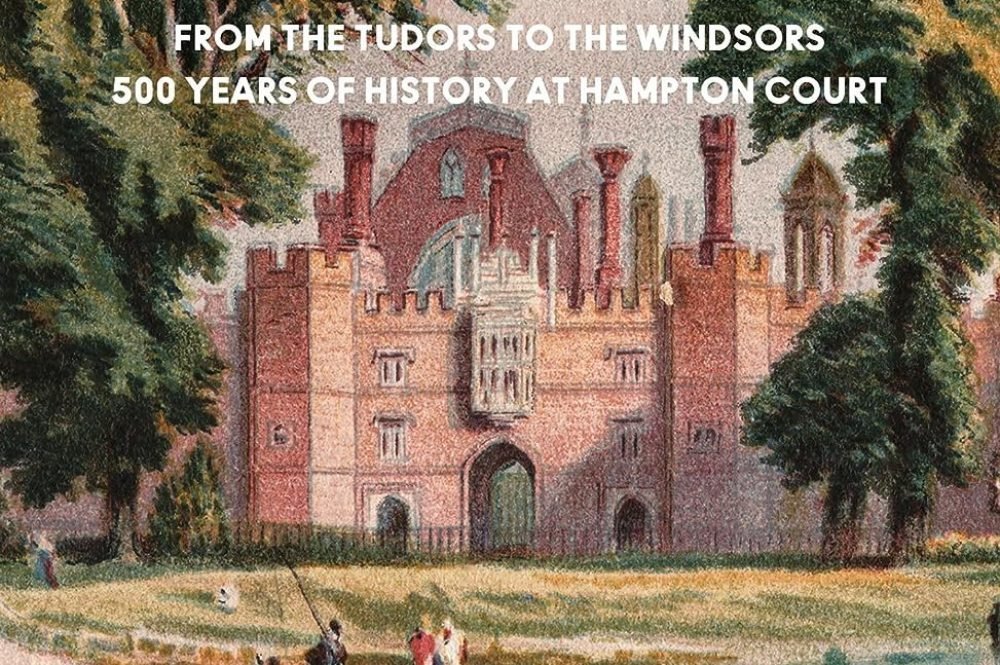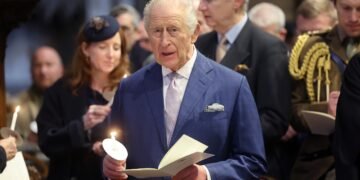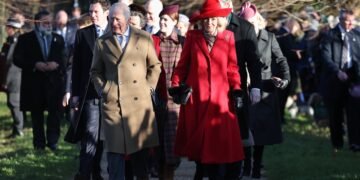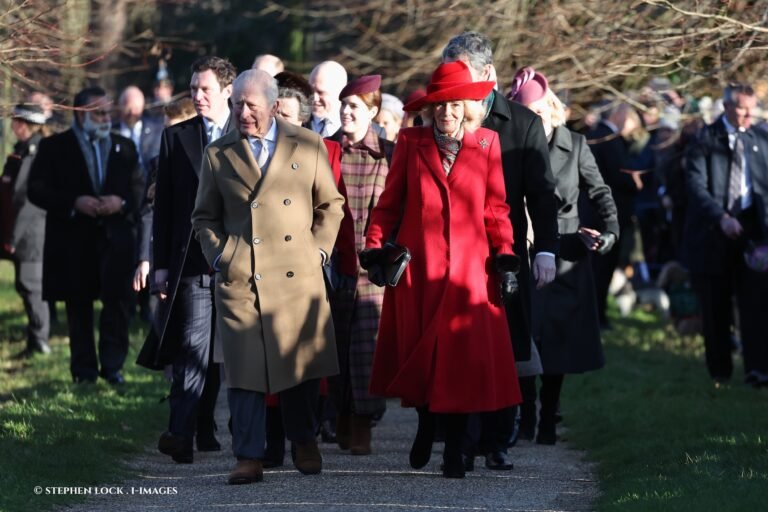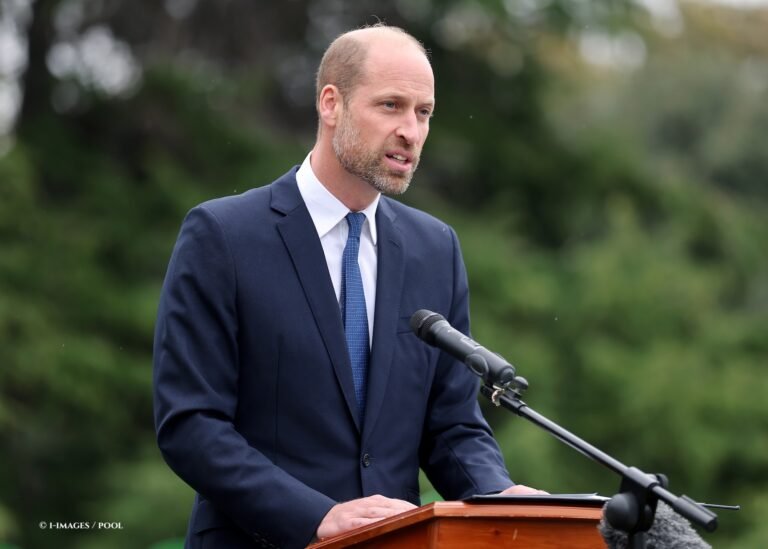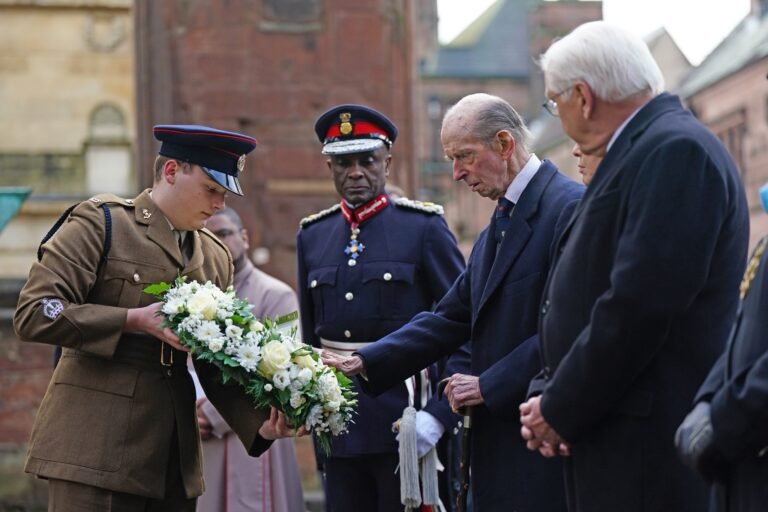In the course of its 500 years, Hampton Court Palace has been home to many famous figures, and the setting of many historic British events.
In his new book The Palace, Gareth Russell sets out to tell the complete history of the great building through its many rooms and the many people who lived there – clergy, Royals, aristocrats, Lord Protectors, and staff alike.
‘Talk a walk through the rooms and the years of Hampton Court and see how one building has shaped Britain, Ireland and its citizens.’
★★★★ rating

At the beginning of the book there are some helpful family trees of Monarchs who lived at Hampton Court, starting with the Tudors and ending with the Windsors. You could almost say that, through the preface, Russell begins at the end, telling the reader about the night of Queen Elizabeth II’s coronation ball at the Palace – one of the last royal events held there and the first for a long time.
We then go back in time, to the very start.
As anyone who has read one of Russell’s books before will know, his research is thorough and he gives the readers all the information they need, and then some. We get to know many different characters from the beginning of Hampton Court’s existence, right through to the Royals themselves, alongside their many friends, enemies, mistresses and staff.
The one downside is how much information is given to you in such a short amount of time, from the day-to-day lives of the staff to the design of the building to background stories of nearly every person mentioned. I find this more of a downfall at the start of the book as we are introduced to many different people, almost all at once, to try and get through the period of time between the creation of some sort of building at Hampton, to Wolsey’s time when it became a palace. It can be overwhelming sometimes. While still being very informative, you definitely have to be fully focused on the book!

The writing makes you feel as if you are walking through each room being described, watching the events unfold as if you were right in the middle of them, and care about the subjects as if you knew them. One of the moments which stand out most to me is the telling of the new Stuart dynasty’s first Christmas in England, in 1603. Russell makes you feel as if you are in the audience of Anne of Denmark’s masque, watching her and her ladies perform in Elizabeth I’s modified dresses.
Each chapter centres on a different area of the Palace, and the many events that have taken place there and how those events came to be or what stemmed from them. The events do not always have something to do with the Royal Family, though of those that do, many are tragic – the downfall of Catherine Howard, or the death of Oliver Cromwell’s daughter, Elizabeth. As we get into the Hanoverian reign, these royal events become less significant, historically-speaking. One chapter, for instance, centres on the Chocolate Kitchen and the rise of drinking chocolate in Britain with George I.
There are helpful notes at the end of some pages to give you more context, and each chapter starts with a little epigraph, or quote, from a poem or story, in some way related to the chapter or the individuals in it.
The bulk of the book focus on the Tudor dynasty, which is to be expected, as they are the dynasty most associated with the Palace.
But there is so much more to learn about the fantastic building in this book; I’m sure royal fans and history fanatics, who know so much about Hampton Court already, will find out something new in the process, while those who know nothing will learn everything they need to know in the 300+ pages.
Overall, The Palace is a fantastic look at the history of four different countries, four different families and one unique building. Russell really makes history a fascinating read!

